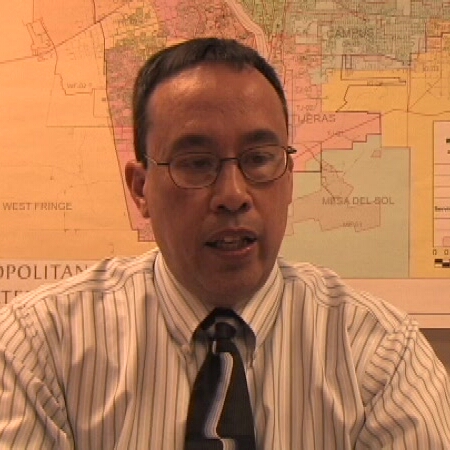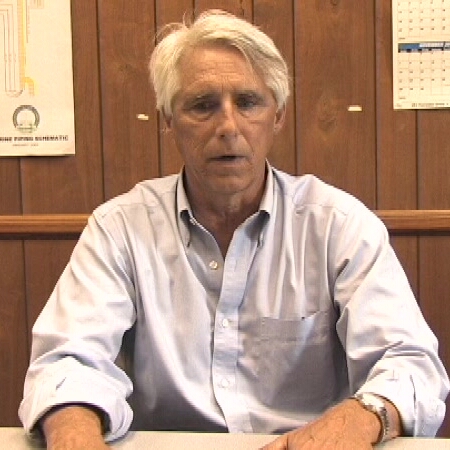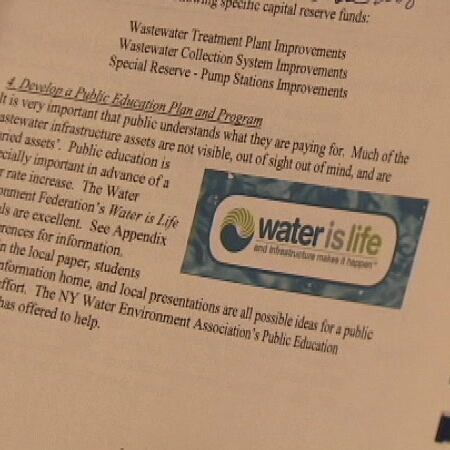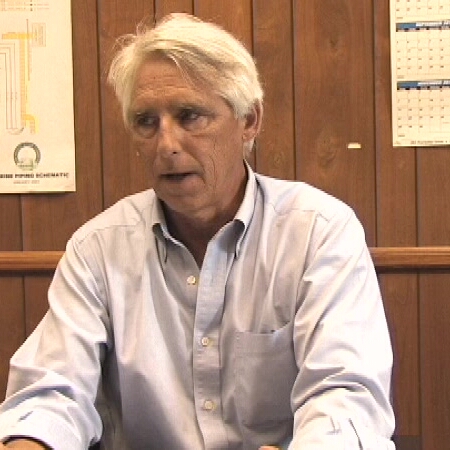7.3 Internal Funding: Rate/Fee Structures
A rate/fee structure is simply an allocation of the costs of operating and maintaining the utility to the customers. Two questions naturally arise when thinking about such a structure:
- What are those costs?
- How should they be allocated?

|
|
|

|
|
|

|
|
|
Operation and Maintenance Costs
There generally are no outside funding sources for routine operation and maintenance of a water or wastewater utility. Utilities must fund operations and maintenance from internal revenue sources.
Routine Repairs and Replacements
Every utility manager knows that, despite the best maintenance plan, equipment fails and needs to be repaired or replaced. In fact, the core of Asset Management is a system for making decisions about when to do those repairs or replacements. But knowing is only the first step. You have to have the money to do it. Once you have built a schedule for routine repairs and replacements, you will need to "save" money for those events. This is the function of the repair and replacement reserve fund.
Capital Improvements
A Capital Improvement Plan generally includes a plan for obtaining funding for capital projects. However, many grants or grant/loan combinations require a portion of the funding to be provided by the utility. A capital improvement reserve fund is intended to provide those funds.
Debt Service
Few utilities will be able to finance capital improvements without incurring some debt. Your rate/fee structure must provide funds for the repayment of debt. Setting those funds aside in a debt service reserve fund will ensure that the utility can meet its debt obligations.
Emergency Operating Reserves
Some utilities may want to set funds aside to deal with emergencies. This fund may not be a necessity for utilities whose general operating fund is adequate to cover emergencies. Smaller utilities whose day-to-day operations do not leave much surplus will probably want to build a reserve for emergencies.

|
|
|

|
|
|

|
|
|

